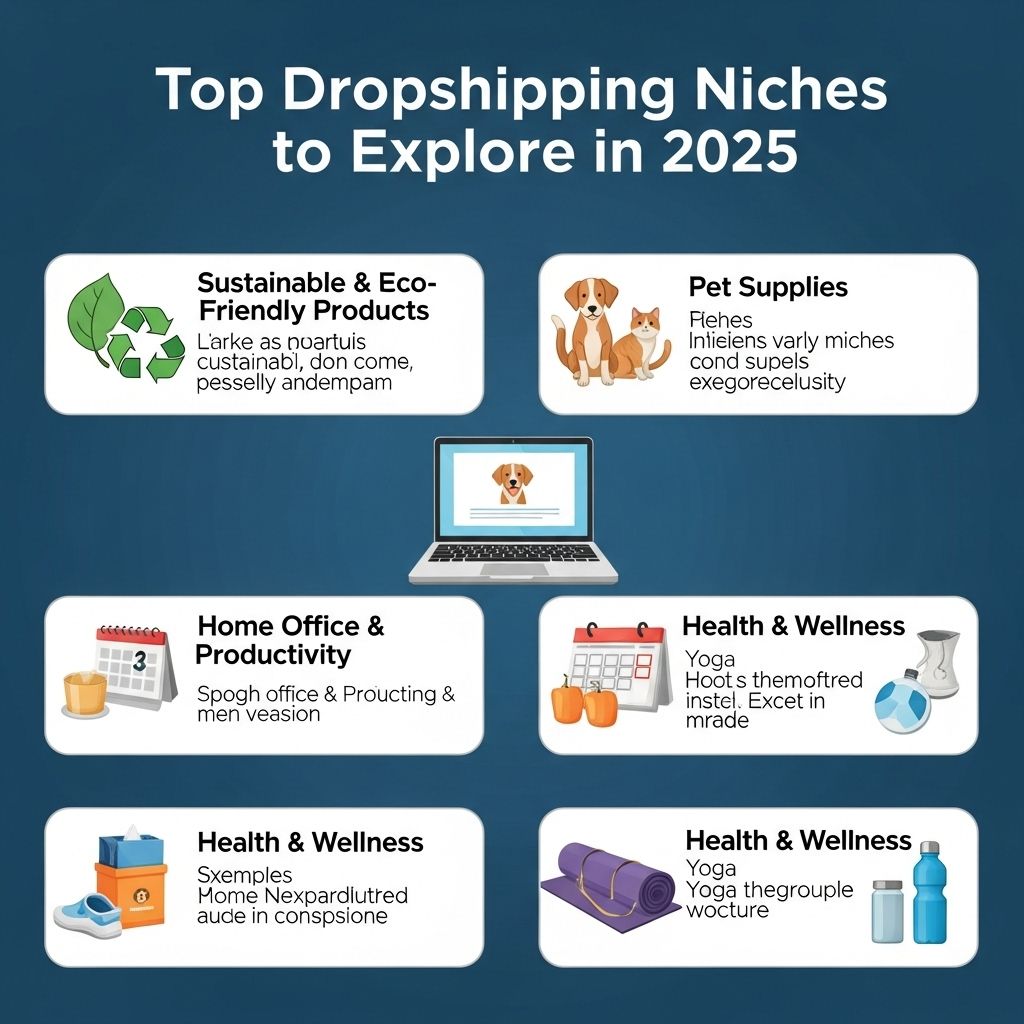Embracing the Digital Shopping Landscape
In today’s fast-paced world, businesses are increasingly shifting towards digital platforms to meet the evolving shopping preferences of consumers. The advent of digital shopping has transformed the way businesses operate, enabling them to reach a global audience and increase their revenue streams significantly. According to recent studies, the growth of e-commerce has been exponential, opening lucrative opportunities for businesses willing to adapt and evolve with the digital age.
With the convenience of shopping at the click of a button, more and more consumers are turning to online platforms for their purchasing needs. However, achieving success in the digital shopping arena requires a strategic approach. From understanding consumer behavior to leveraging advanced technologies, businesses must be proactive in their digital marketing efforts. In addition to adopting the right technologies, businesses must also weave strong customer relationships to create lasting brand loyalty.
Finding the Right E-commerce Platform
Choosing the right e-commerce platform is crucial to setting up a successful digital store. Today’s marketplaces offer immense variety and each platform has its unique strengths and offerings. Therefore, with numerous options available, it’s important to select a platform that not only meets your business needs but also offers scalability and robust features. This decision sets the foundation for seamless customer experiences and business scalability.
- Consider platforms that provide a seamless user experience. A smooth and frictionless interface significantly increases the chances of customer retention and conversion.
- Ensure the platform has strong security measures to protect customer data. With cyber threats on the rise, data protection is not just a legal compliance requirement but also a point of trust with potential customers.
- Look for solutions that offer a variety of payment gateways to accommodate different customer preferences. The ease of payment is a crucial factor in minimizing cart abandonment rates.
Integration with third-party tools and services can also significantly enhance the functionality of your online store, improving both front-end and back-end operations. Modern e-commerce platforms offer integrations with tools such as inventory management systems, customer relationship management (CRM) software, and analytics tools, helping businesses streamline operations and make data-driven decisions.
Optimizing Product Listings
Your product listings are the face of your online store. To convert visitors into buyers, it’s pivotal to optimize these listings with high-quality product images, detailed descriptions, and relevant keywords that improve search visibility. Visual appeal and clear, informative content are key elements of effective product listings.
- Use professional photography for product images to highlight features and aesthetics. Vibrant and compelling visuals captivate customer interest and give a tangible feel to online shopping.
- Include detailed product specifications to inform and reassure potential buyers. Comprehensive descriptions remove ambiguity, potentially reducing return rates.
- Utilize SEO best practices to enhance the visibility of your products in search engine results. Employing the right keywords, meta descriptions, and alt tags on images can help ensure your products are easily discoverable by potential customers.
Additionally, encouraging customer reviews and ratings can build trust and influence purchasing decisions. User-generated content, such as reviews and testimonials, provide social proof and can significantly impact customer decision-making. Implementing a robust customer review system not only fosters transparency but also engages your audience in a meaningful dialogue, enhancing customer loyalty and brand advocacy.
Crafting a Strategic Digital Marketing Plan
In the realm of digital shopping, visibility is a prerequisite for success. Crafting a strategic digital marketing plan is essential to achieve this visibility and to drive sustained traffic to your online store. This plan should be holistic, encompassing various channels and techniques to reach and engage your target audience effectively.
An effective digital marketing strategy might include:
- Search Engine Optimization (SEO): Incorporate an SEO strategy to drive organic traffic to your site. This involves optimizing website content, conducting relevant keyword research, and building high-quality backlinks to improve search engine rankings.
- Social Media Marketing: Leverage the power of social platforms to engage with your audience, promote your products, and drive traffic to your store. Tailored content and interaction on networks like Instagram, Facebook, and Pinterest can enhance brand presence.
- Email Marketing: Utilize personalized email campaigns to foster relationships with customers, promote products, and share exclusive offers, creating a steady revenue-driving channel.
Understanding Consumer Behavior
Success in digital shopping also relies heavily on understanding your consumer base. Analyzing consumer behavior—how they interact with your online store, their preferences, and their purchasing habits—can provide invaluable insights into optimizing your operations and marketing prowess.
- Data Analytics: Employ sophisticated analytics tools to gain insights into customer behavior, site traffic sources, and sales trends. These insights enable more personalized marketing and product offerings.
- User Experience (UX): A critical element impacting consumer behavior is the shopping experience itself. Investing in a user-friendly and intuitive interface can significantly enhance customer satisfaction and lead to higher conversion rates.
- Customer Feedback: Gather and analyze customer feedback to continually refine the customer experience and product offerings. Engage with your customers to build a rapport and improve your offerings based on actionable insights.
Enhancing Customer Experience
Delivering an exceptional customer experience is the cornerstone of any thriving digital business. From first contact to post-purchase, every interaction a consumer has with your brand influences their perception and loyalty. Ensuring every touchpoint is managed efficiently strengthens the relationship between you and your customers.
- Personalization: Tailor experiences to customer preferences by recommending products or offering personalized discounts based on their shopping history.
- Efficient Customer Service: Provide responsive, multi-channel customer support that is easily accessible. An empowered customer service team can address questions and resolve issues swiftly, improving satisfaction.
- Seamless Checkout Process: Optimize the checkout process to ensure it is quick, simple, and secure, reducing potential friction that could lead to cart abandonment.
Leveraging Advanced Technologies
To stay competitive, businesses must embrace the latest technologies that drive digital shopping innovation. Through the integration of advanced technologies, businesses can offer enhanced shopping experiences, streamline their operations, and set themselves apart in the crowded digital marketplace.
- Artificial Intelligence (AI): Utilize AI for tasks such as customer service chatbots, personalized recommendations, and automated marketing to create efficient and personalized shopping experiences.
- Augmented Reality (AR): Implement AR technology to allow customers to visualize products in real-world settings, providing them with an interactive and immersive shopping experience.
- Blockchain Technology: Strengthen security measures and enhance transparency in transactions using blockchain technology, which can also streamline supply chain management and authenticate product provenance.
FAQ
What is the best way to drive traffic to my digital store?
Utilizing a mix of digital marketing strategies such as SEO, social media advertising, and content marketing is effective in driving traffic. It’s also beneficial to collaborate with influencers to reach a broader audience. Furthermore, consider utilizing pay-per-click (PPC) advertising to capture potential customer attention right when they express interest in related products or services.
How can I improve customer trust in my online store?
Transparency and reliability are key. Providing accurate product information, secure payment options, and excellent customer service fosters trust. Additionally, showcasing customer testimonials and ratings can bolster confidence in your brand. Establish clear policies regarding shipping, returns, and privacy, and communicate them openly to enhance consumer trust further.
Why is mobile optimization crucial for e-commerce success?
With a significant number of consumers using smartphones and tablets to shop online, mobile optimization is indispensable. A mobile-friendly website ensures that users have a seamless experience regardless of the device they use, which can greatly influence conversion rates. Implement responsive design and fast loading times to meet mobile shoppers’ expectations and enhance user experience.
In conclusion, succeeding in the digital shopping landscape is no small feat, but through strategic planning, understanding consumer behavior, and leveraging technology, businesses can unlock a world of opportunities. By prioritizing customer experience and building a strong digital presence, retailers can not only drive sales but foster enduring relationships with their customers.




